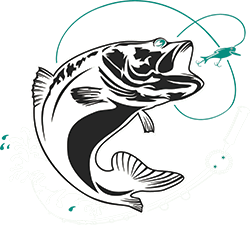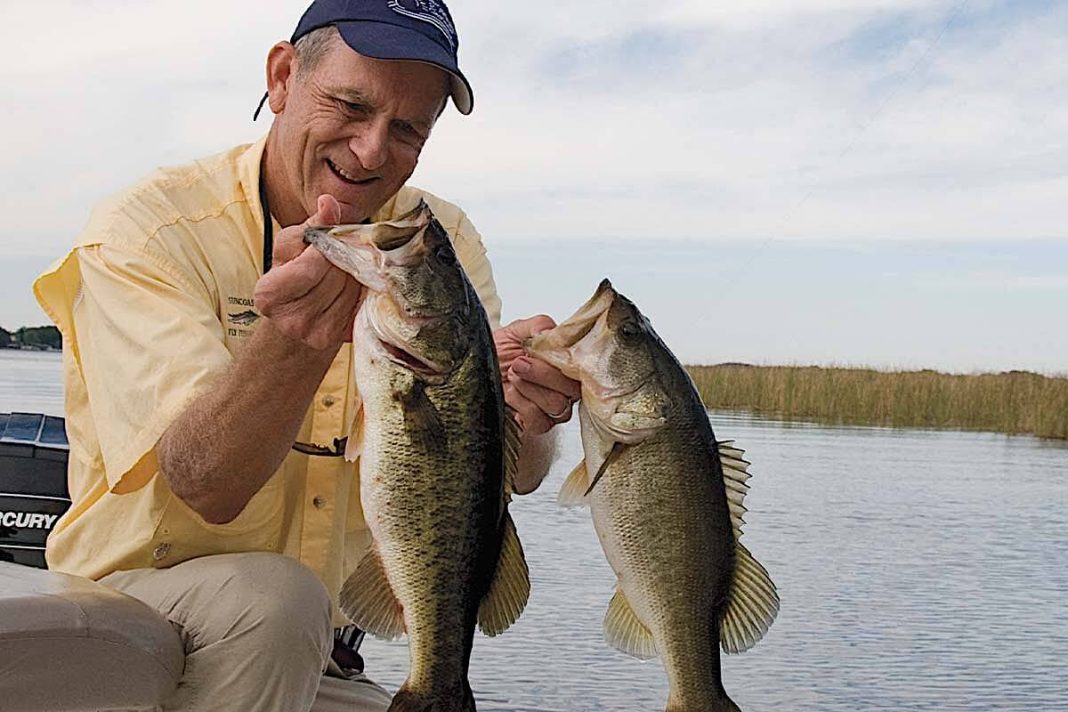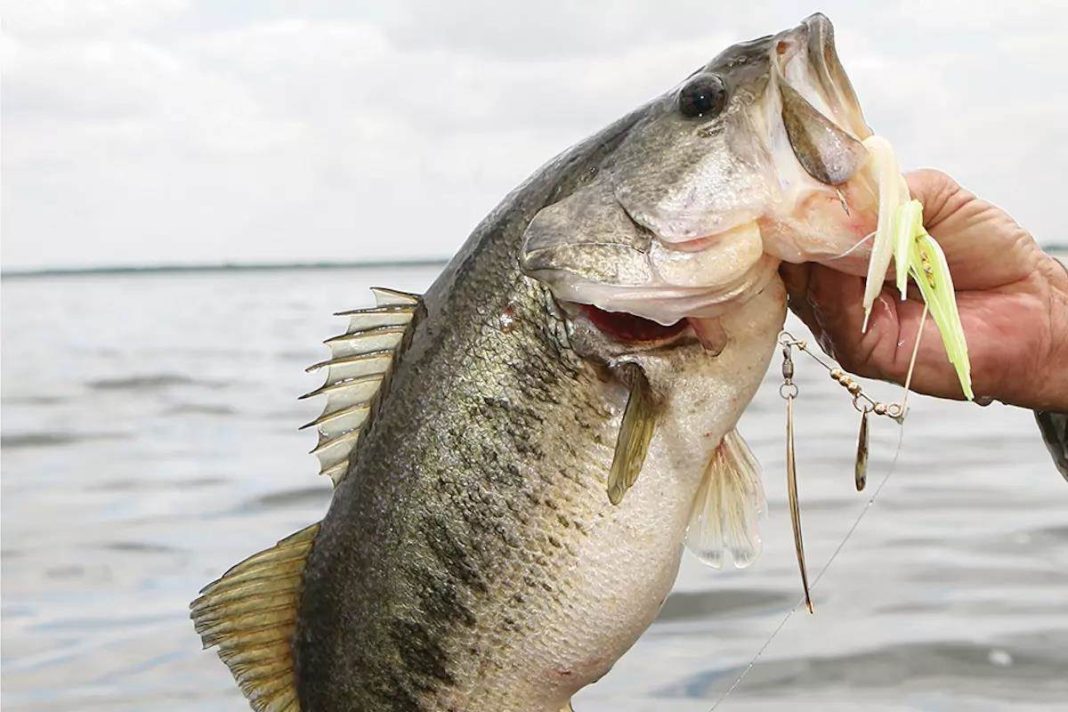Lake Tarpon, a sprawling 2,500-acre gem nestled in Pinellas County, Florida, is a renowned haven for anglers seeking the thrill of trophy bass fishing Lake Tarpon. This comprehensive guide provides everything you need to know to land a lunker, from understanding seasonal patterns to mastering the most effective techniques. With fish over 10 pounds frequently caught, Lake Tarpon offers a truly exceptional bass fishing experience.
Seasonal Bass Fishing Patterns on Lake Tarpon
Spring (March-May): Spring on Lake Tarpon is synonymous with spawning season. As the water warms, bass move into the shallows, seeking vegetation-rich areas for their nests. Focus your efforts near the northern end of the lake, particularly around the canals, which serve as prime spawning beds.
Pro Tip: Sight fishing can be highly effective during the spawn. Look for subtle movements in the shallows and target beds with finesse presentations.
Summer (June-August): The summer heat pushes bass into deeper, cooler waters or shaded areas. Target deeper drop-offs near the center of the lake or shady areas along the shoreline. Focus on ledges or structures to increase your chances of a hookup.
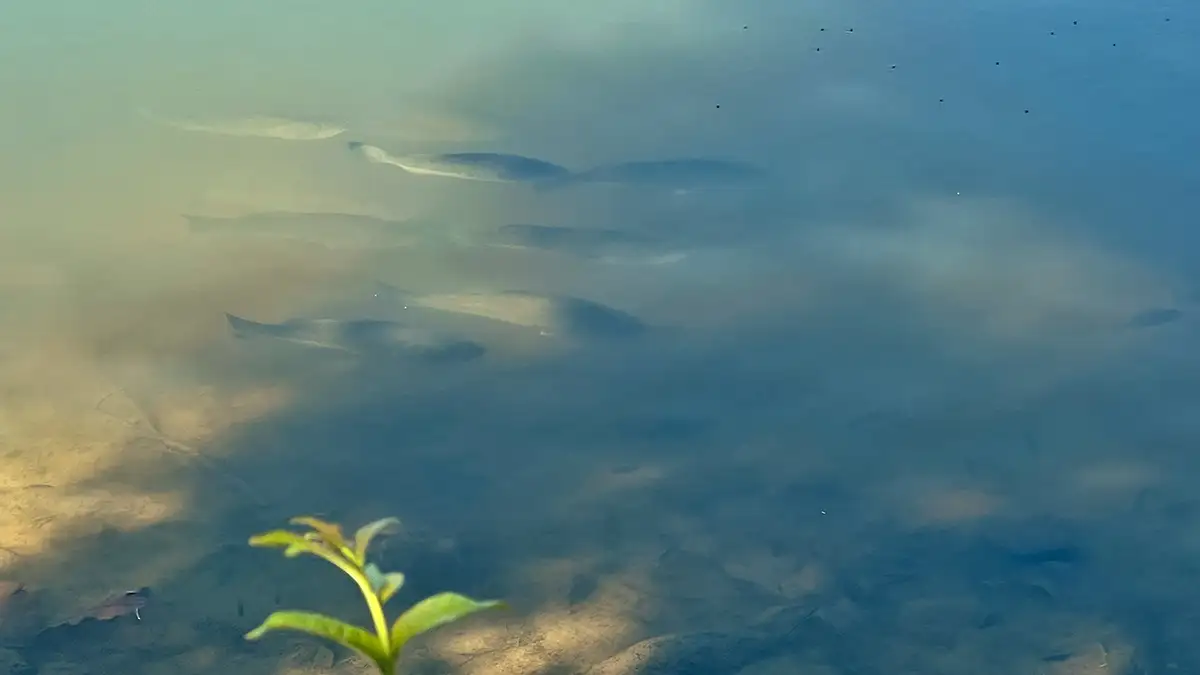
Fall (September-November): Fall brings a renewed feeding frenzy as bass prepare for winter. Transitional areas, where shallows meet deeper water, become hotspots. Focus on points, creek channels, and submerged vegetation.
Pro Tip: Crankbaits and spinnerbaits can be highly effective during the fall, mimicking baitfish fleeing from dropping water temperatures.
Winter (December-February): Winter slows bass activity significantly. Fish concentrate in deeper channels, seeking thermal refuge. Slow presentations with jigs, Carolina rigs, or drop-shot rigs are your best bet.
Key Areas for Bass Fishing Lake Tarpon
Northern End Canals: As mentioned, the canals on the northern end of Lake Tarpon are prime spawning grounds in spring. [INTERNAL LINK: A relevant article on FLBassInsider.com about spring bass fishing tactics].
Brooker Creek: The grassy flats and lily pads around Brooker Creek offer year-round action. This area provides excellent cover and foraging opportunities for bass.
Deep Drop-offs: During summer and winter, target the deeper drop-offs near the center of the lake. These areas hold cooler water and attract baitfish, making them ideal for bass.
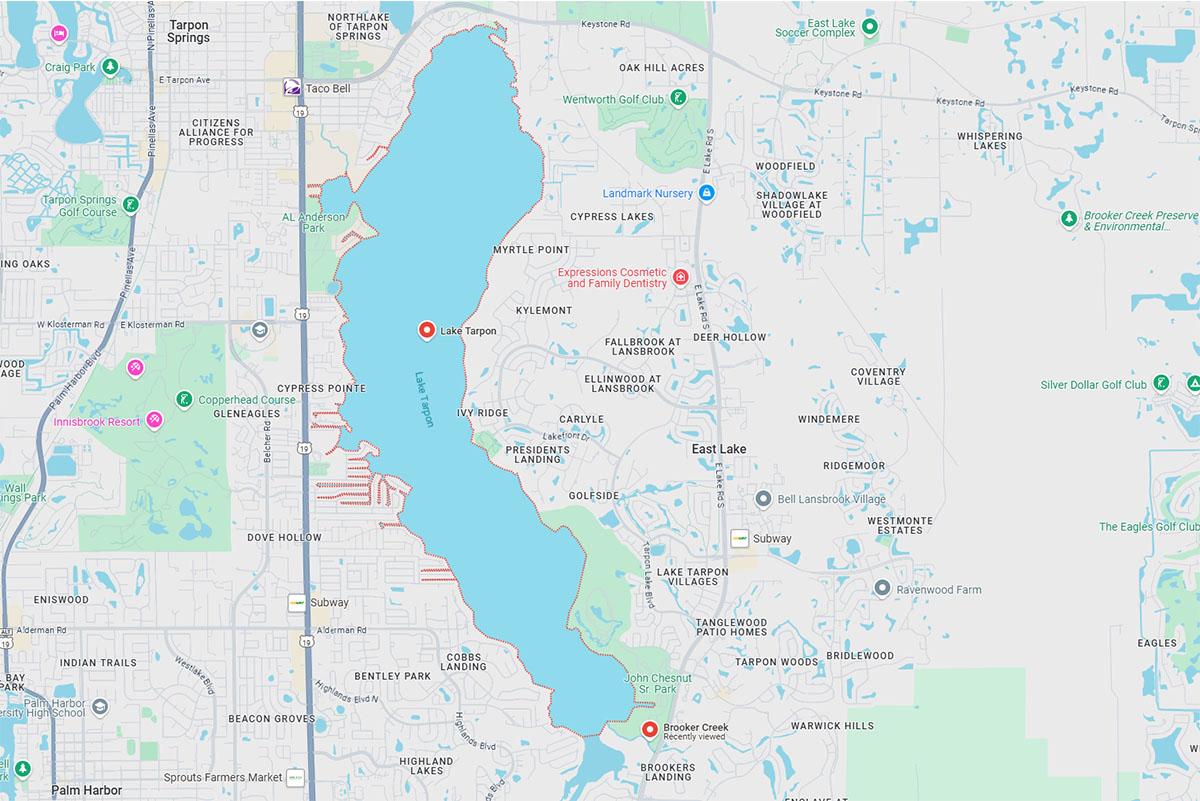
Understanding Bass Forage on Lake Tarpon
Knowing what bass eat is crucial for successful bass fishing Lake Tarpon. The primary forage includes shad, bluegill, and crawfish. Shad schools often dictate bass movement in open water. Target areas where you see shad activity.
Pro Tip: Match your lure color and size to the prevalent forage. If you see small shad, use smaller lures that mimic their appearance.
Bluegill congregate near cover, such as lily pads and submerged vegetation. Use lures that imitate bluegill to entice bass lurking in these areas.
Crawfish are a year-round food source. Crawfish-imitating lures, like creature baits or jigs, can be effective in a variety of situations.
Successful Bass Fishing Techniques
Topwater Lures: In early morning or late evening, when bass are most active in shallow water, use topwater lures like frogs or poppers near vegetation. [INTERNAL LINK: A relevant article on FLBassInsider.com about topwater fishing techniques].
Flipping and Pitching: Flip heavy jigs or Texas-rigged plastics into thick cover, such as lily pads or submerged brush. This technique allows you to present your lure directly to bass hiding in ambush positions.
Crankbaits and Carolina Rigs: Target deeper bass with crankbaits or Carolina rigs that mimic shad. These lures can cover water quickly and effectively locate actively feeding bass. Check out some effective crankbaits at Bass Pro Shops Crankbaits.
Pro Tip: Vary your retrieve speed and depth to find what triggers the most strikes. Experiment with different colors and patterns to match the prevailing conditions.
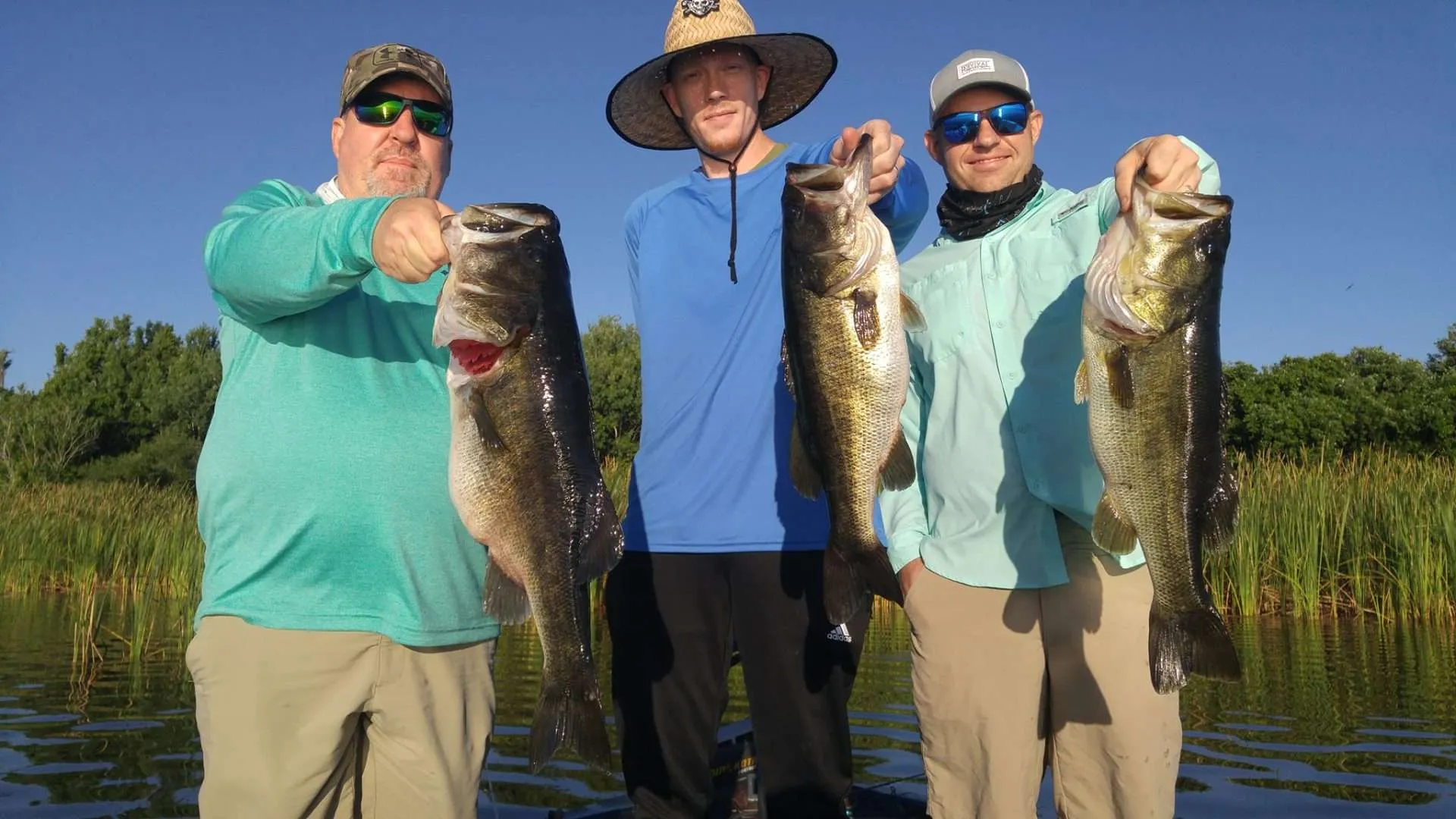
Regulations and Licensing
Ensure you have a valid Florida freshwater fishing license before fishing on Lake Tarpon. Familiarize yourself with the current fishing regulations, including size and bag limits, which can be found on the Florida Fish and Wildlife Conservation Commission (FWC) website: FWC Freshwater Fishing Regulations.
Bass fishing Lake Tarpon offers a challenging and rewarding experience for anglers of all skill levels. By understanding the lake’s seasonal patterns, key areas, and effective techniques, you can significantly increase your chances of landing a trophy largemouth bass. Remember to practice ethical fishing and conserve this valuable resource for future generations.
[INTERNAL LINK: A relevant article on FLBassInsider.com about fishing regulations in Florida]
